Brush Holder
Brush Holder
Brush Holder

Brush Holder
Brush Holder, One of the best indicators of the operating conditions of a DC or AC machine is the performance of the carbon brush on the commutator. The ability of the brush to perform is directly related to the design and quality of the brush holder that contains it on the commutator or slip-ring. A robust design of Techno Engineering & Carbon Brush Co's brush holder technology ensures precise positioning of the carbon brush every time. A range of anti-corrosive and non-ferrous alloys are used to manufacture our products which are used in commutators and slip rings (AC/DC Motors)—all the designs we made as per International Standards and client’s needs.
Techno Engineering & Carbon Brush Co. offers high-quality brush holders approved by OEM for DC-Motors, AC Slipring, and Pulley in Annealer machines.
- Plug-In Type Brush Holder. For Power / Turbo generators.
- Double clamping Brush Holders For Slipring motors. Made of Die Cast. Variably adjustable for different spring diameters.
- For high-performance motors with heavy loads. Made by Die Casting or Sand Casting, every brush with independent pressure mechanism.
- Multiple designs made of Die Casting or Sheet Metal, various pressure elements possible.
- For Commutator motors, a wide variety of designs, and various pressure systems are made of cast or sheet brass.
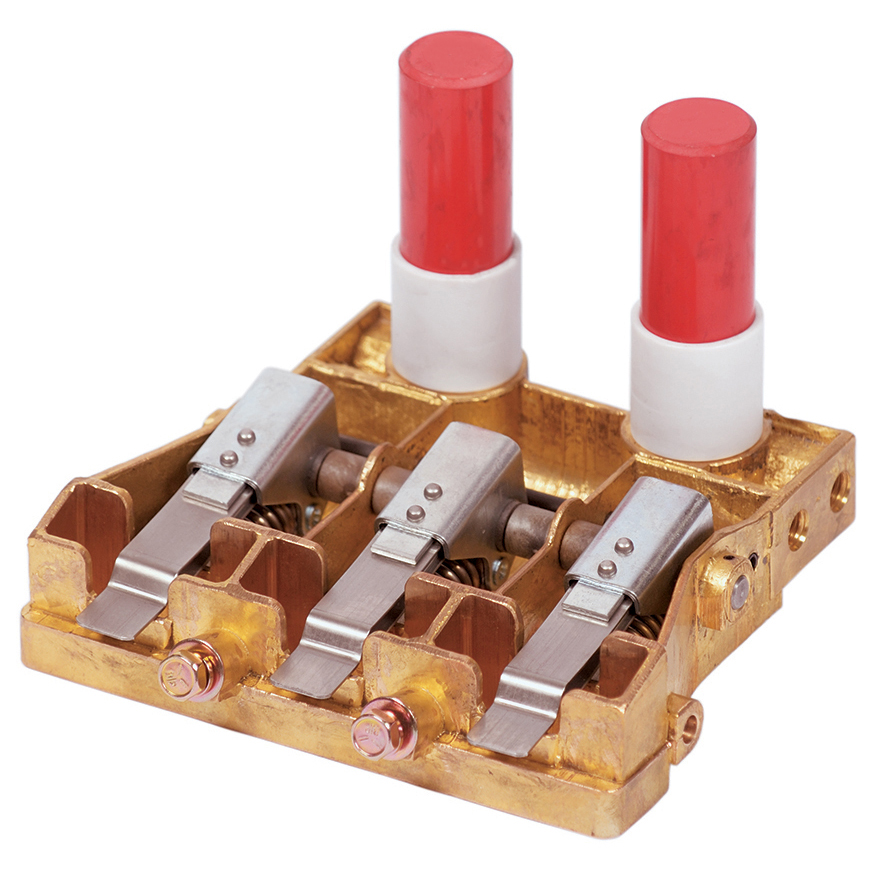
Types Of Brush Holders We Offer
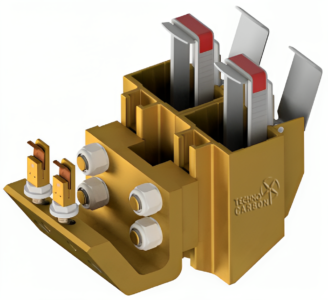
INDUSTRIAL BRUSH HOLDERS
- Solid construction provides better performance, longer brush life and lower maintenance costs than the original holder
- Over 40 standard models in stock for GE, Reliance, Westinghouse, etc.
- Easy to install
- Constant Force Springs for increased performance out of your brush
- Custom engineered designs for any applications
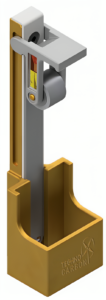
TURBINE STYLE BRUSH HOLDERS
- Direct retrofit and custom designs for upgrades are available
- Adjustable mounting bolts to increase installation flexibility for proper height above rings
- Constant force holder design with Wear Indicators to easy maintenance
- Replaceable spring clips provide less costly downtime
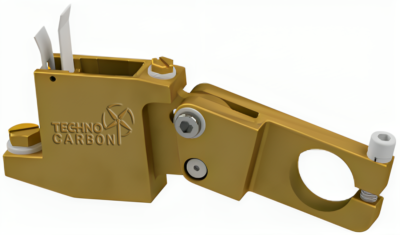
ADJUSTABLE SLIPRING BRUSH HOLDERS
- Fully adjustable slip ring holder designed to fit a wide array of applications
- Custom designed holders easily retrofit existing equipment and exceed performance of the original Holder
- Custom designs for Carbon Brush Holders used in all types of motor discussed in Carbon Brush Page.
- Standard holders in stock for GE, CGL, Kirloskar, Alstom, Marathon, IEC, BHEL power generation
- Replaces single holder and bank of two designs
- Constant force spring design
- Offered in specific standard box sizes as per requirement
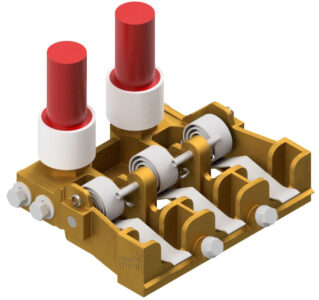
TRACTION BRUSH HOLDERS
- Enhanced replacement for 752 drilling & traction holders
- Heavy-Duty gunmetal cast and brass alloy for extremely rough mining & traction applications
- Internally reinforced insulator studs
- Reduces vibration
- Minimizes stud breakage
- Durable clock style spring
- Includes a stud to hold spring finger for fast and easy brush changes
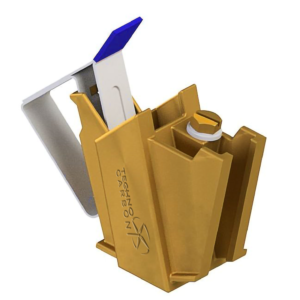
CAST BRUSH HOLDERS
- Made from premium brass alloys and gun metals
- Best for high volume quantities but can offer smaller quantities as per your requirement
- A wide range of casted brush boxes are stocked in both imperial and metric sizes
- Multiple castings for popular industrial motor/generators
- Enhanced replacement of all GE, Westinghouse, BHEL, CGL
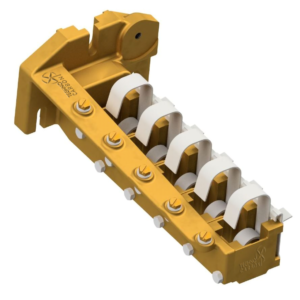
MULTIPLE BOX BRUSH HOLDERS
- Commonly used on large DC Motors
- GE, Westinghouse, Siemens, ABB, CGL, Kirloskar, Marathon and other mill motors
- Multiple box holders are engineered with adjustable and replaceable brush boxes
- Designed with longer brush boxes for increased brush life, lowering maintenance costs
- Spring Assemblies allow for safer and quicker brush changes
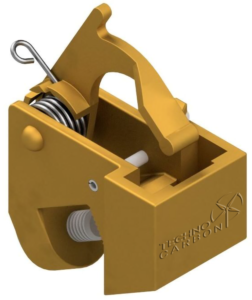
FINGER STYLE BRUSH HOLDERS
- Recommended for rough, high-vibration or excessive run-out applications
- Designed to retrofit existing holders and spring combinations
- Improved brass holder to withstand extreme environments
- Engineered for individual holder replacements when needed
- Able to use your existing brush – same length brush box
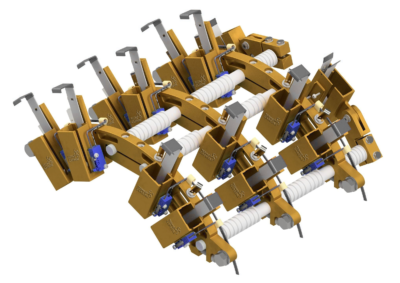
WIND RETROFIT HOLDERS BRUSH HOLDERS
- Robust design exceeds OEM holder performance
- Engineered for maximum reliability, easier maintenance, and fewer up-tower repair
- Replaceable and adjustable brush boxes
- Simplified wiring harness
- Teflon spacers to protect ring phases
- HQDs for faster brush changes
- ISO 9001:2015 Certified
OTHER STYLE BRUSH HOLDERS
TECHNO CARBON can custom engineer any holder to your desired specifications. For custom engineering projects, please contact us directly at +91 95939 07840 or e-mail: sales@technocarbonbrush.in.
Classes Of Brush Holder
The Brush holders may be divided into two broad classes. One in which the brush is rigidly attached to a swivel arm, and the other in which the brush is free to slide in a supporting box.
Slide-type holders are generally classified according to the angle at which the brush meets the collector. This may be:

Radial
When the brush center line is radial or normal to the collector surface

Trailing
When the inclination of the brush center line to the radial line is ‘with’ the rotation.

Reaction
When the inclination of the brush center line to the radial line is ‘against’ the rotation.
Fitting Brushes And Holders
Clearance between Brush Holder and Collector
Set up the holder in such way so that the distance between its lower edge and the collector is approximately 2.5mm. If this distance is less than 2mm or more than 3mm re-set the holder, using the adjustment provided in the holder/clamp assembly, or by adjusting the brush arm.
Angle at which Brush meets collector
Care should be taken to set the brush holders at the angle for which they are designed.
Different Types of Spring Arrangements
Spring Pressure
Measurement of Brush Pressure
The pressure on all the brushes of a set should be the same. Periodically brushes and holders should be cleaned and the pressure checked by means of a spring balance.
Attach a spring balance to the tip of the finger and pull in a direction at right angles to the brush top until the finger just lifts from the top of the brush. The lifting point can be confirmed by just being able to slide the paper from beneath the brush face.
The applied pressure of most brush grades on industrial machines is generally between 180 g/cm2 (2.5 lbin2) and 210 g/cm2 (3 lbin2).
Certain (treated) grades can best run at slightly higher pressures >210 g/cm2 (3 lbin2) With small brushes or on machines subject to vibration or with out of round collectors, it is advisable to use pressures up to 50% higher in the range of 210-280 g/cm2 (3-4 lbin2). The higher pressure enables improved contact and reduced electrical wear of the brushes.
On traction motors, and on some fractional horsepower machines, higher pressures of 280-490 g/cm2 (4-7 lbin2)
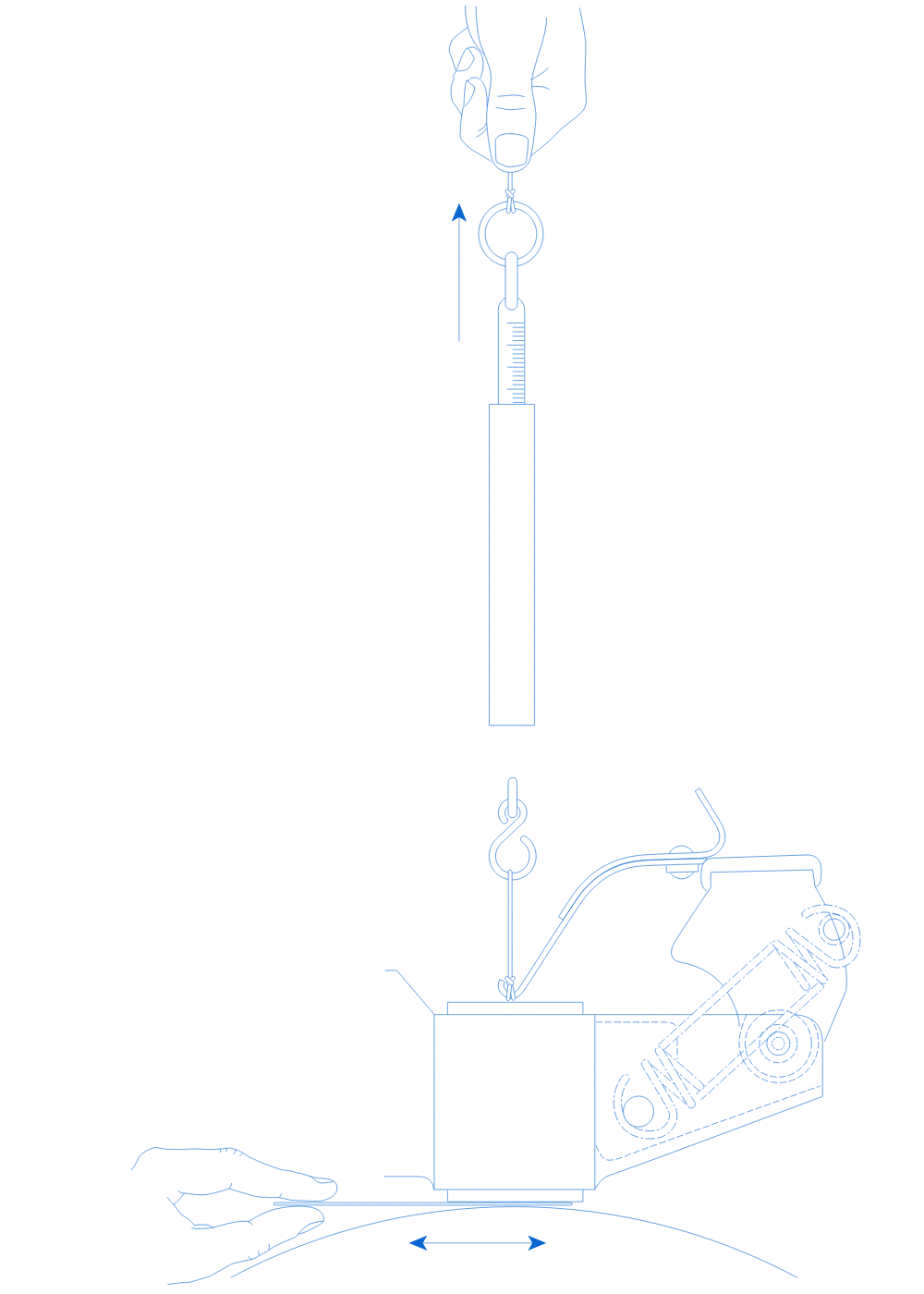
Measuring Spring Pressures
(using a spring balance)
Brush Pressure
The correct operating pressure is a very important single factor in satisfactory carbon brush operation. Too low pressure will give overheating from high contact resistance and heavy wear by burning and sparking.
Too high pressure leads to overheating from frictional losses and heavy wear by mechanical abrasion.
Guidance regarding the correct brush pressure to employ is given in manufacturers'
catalogs. Exceptional conditions of high or low speed or current density require special consideration and brush manufacturers should be consulted. Fulmer Brush Holders use the method of applying brush pressure most appropriate to the purpose of each particular holder design.
1. Clock or Torsion Spring
The direct-acting torsion spring made from round wire has no lateral stiffness and is suitable only for small brushes. The torsion spring made from flat strips (clock spring) is widely used. It is simple, and robust and can be designed to give a pressure characteristic where the reduction in brush pressure from new to worn brush does not exceed 20%.
The point of contact between the clock spring and brush is not, however, definitive and it is usual in the case of flat-top brushes to provide a groove in the brush top designed to locate the spring.
2. Lever Type Pressure Finger
The point of application between the brush top and pressure finger is definitive since in most cases the ginger is pivoted about a fixed point.
The necessary torque may be provided by the use of a torsion spring or by a helical spring.
In the case of the torsion spring, the brush pressure/wear characteristic is similar to that obtained with the use of a direct acting clock spring.
The use of a helical spring, however, permits the points of attachment to be chosen such that the lever ratio of the spring about the pivot increases as the brush wears thus
compensating for the reducing spring forces.
3. "Constant Force" Springs
The constant force or self-recoiling springs is now widely used on a variety of brush gear. This type of holder has a number of advantages-longer brushes can be used the force on the brush remains virtually
constant over the wearing length. very compact and simple designs are possible - with a minimum of moving parts.